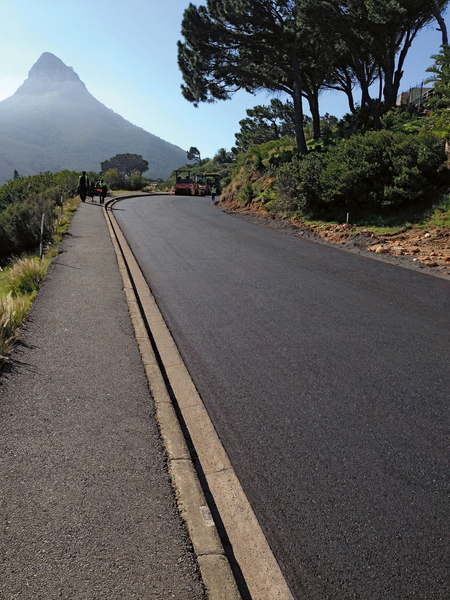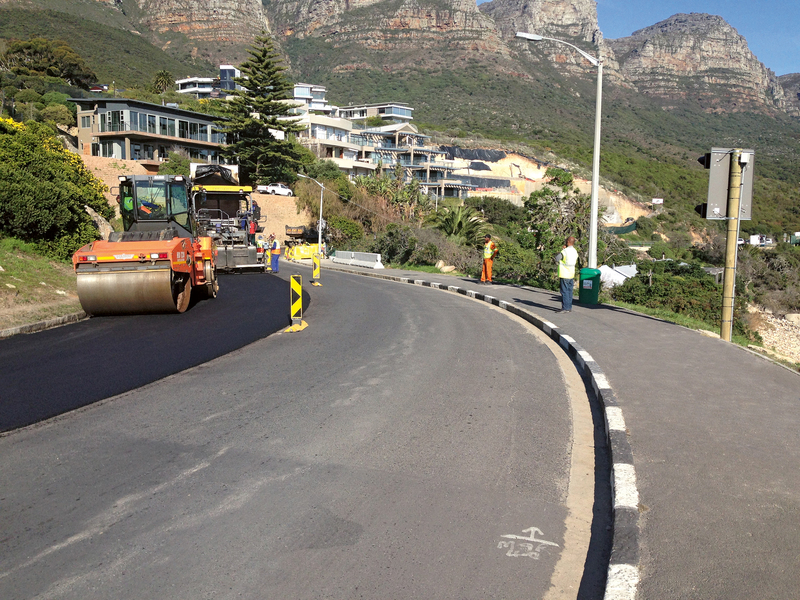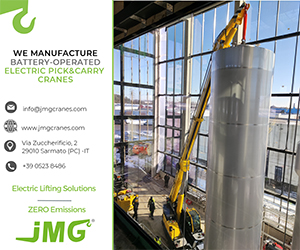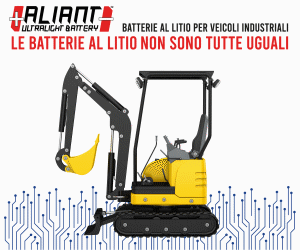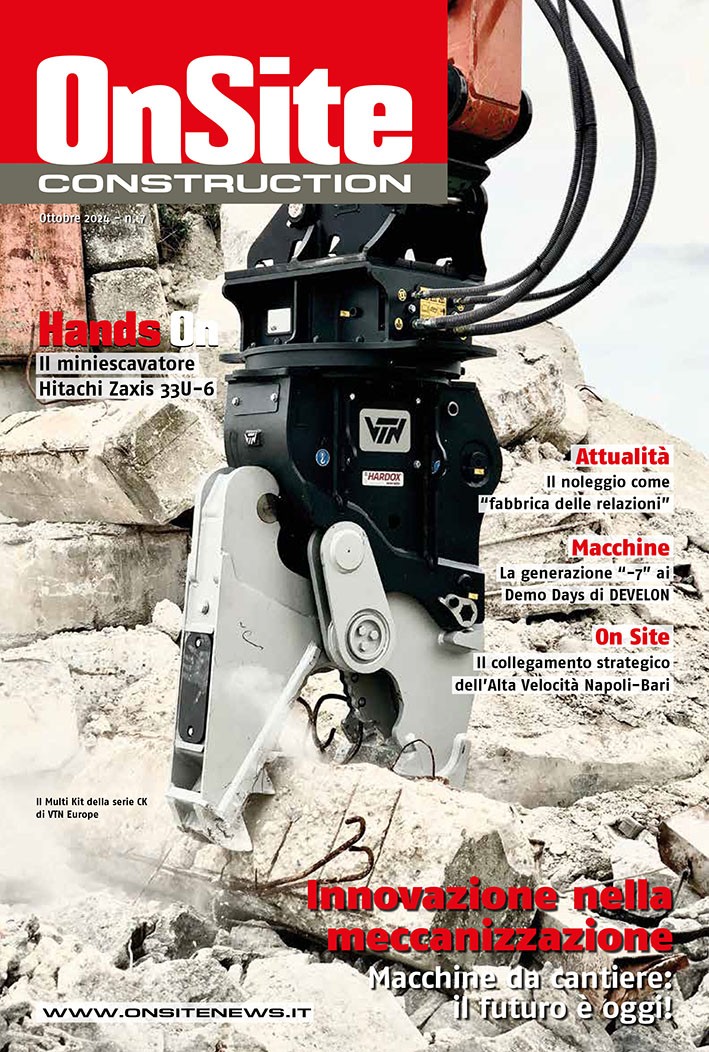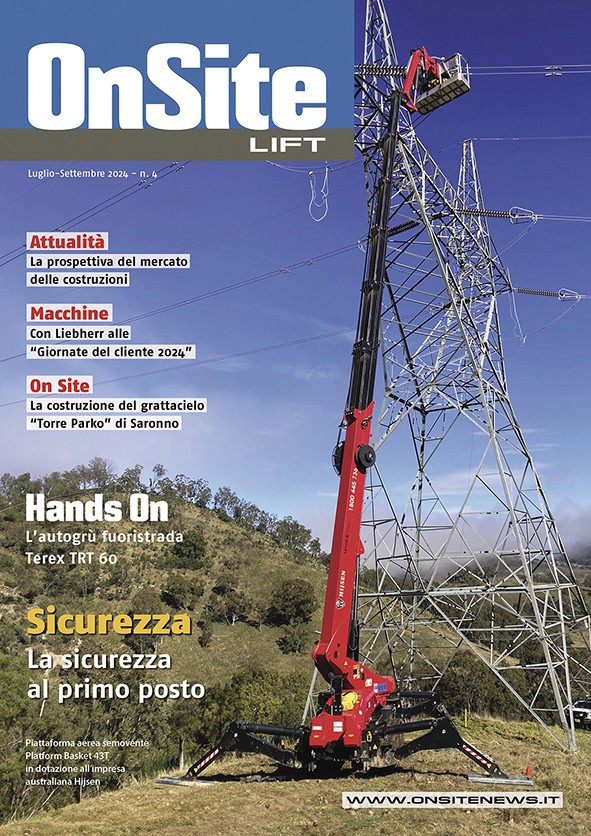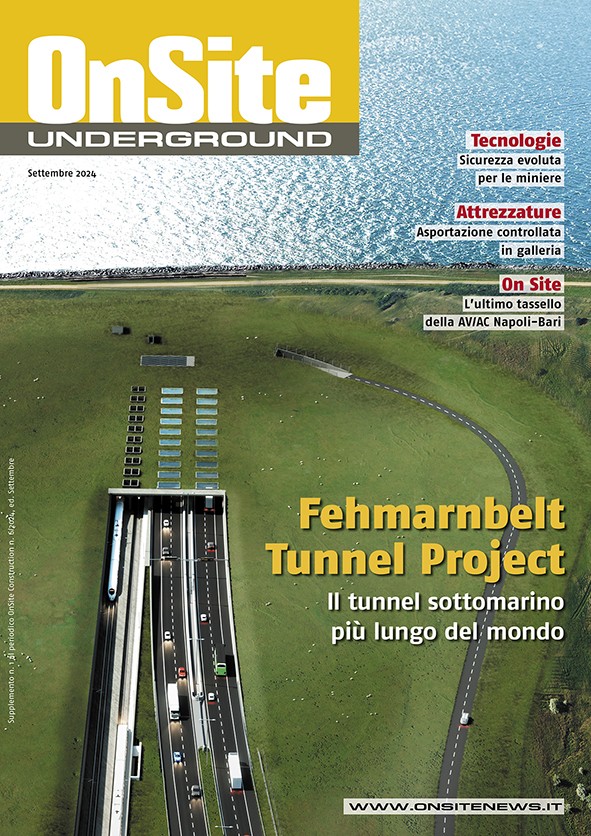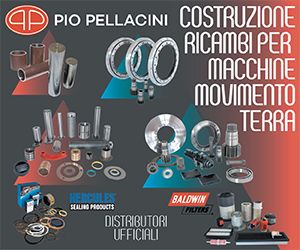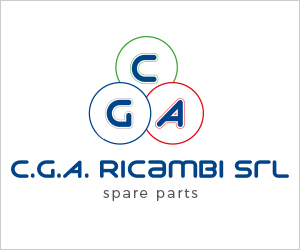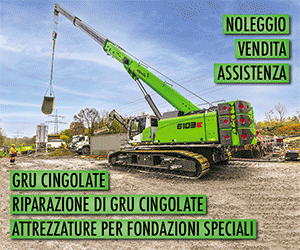Home \ International \ Wirtgen Cold Recycling Technologies: rehabilitation of Camps Bay Drive in Cape Town
Wirtgen Cold Recycling Technologies: rehabilitation of Camps Bay Drive in Cape Town
29/12/2017
Pubblicato da Redazione
Wirtgen Cold Recycling Technologies: rehabilitation of Camps Bay Drive in Cape Town
Camps Bay Drive is a major scenic route within the City of Cape Town and provides access to Camps Bay and Hout Bay. Based on the project brief and geometric analysis, Camps Bay Drive required widening to safely accommodate the high volumes of tourists and MyCiti bus traffic. In order to minimize the impact on traffic, the design brief targeted construction outside the summer peak tourist season and also required investigation into shortened construction periods. The key role was played by Wirtgen cold recycling technologies. In action: the mobile cold recycling mixing plant KMA 200.
The South African metropolis has large volumes of Reclaimed Asphalt (RA) stockpiled from numerous maintenance works undertaken around the City. This material has generally been used for hard stand areas and shoulder construction, In order to reuse this high quality material, WorleyParsons was tasked to investigate a more efficient and sustainable use for this material. For this reason, the use of a foamed bitumen technology was investigated and the base layer on Camps Bay Drive was constructed using 100% RA as a foamed Bitumen Stabilise Base (BSM) base layer.
Wirtgen KMA 200 mixes high quality recycling material
Originally, the project consisted of localized road widening to accommodate the proposed MyCiti buses however due to the large volume and sizes of the proposed buses, a geometric analysis resulted in the entire portion of the road being widened by 1,4 m. The proposed pavement design involved a light rehabilitation with the widening area requiring full depth construction however during construction, numerous weak horizons were discovered along the road. The pavement design implemented for construction involved the following: 50 mm AE-2 Asphalt Surfacing; 200 mm Foamed BSM 1 Base; 150 mm G5 Subbase, natural gravel; 150 mm G7 Selected Subbase, pioneer rock layer; In-situ.
The project was divided into three construction sections. Section 1 from Geneva Drive to Prima Avenue, Section 2 from Prima Avenue to Rontree Avenue and Section 3 from Rontree Avenue to Houghton Road. In order to ensure more uniformity and better quality of the mix, a static mobile mixing plant was specified for production of the BSM.
Iscriviti alla newsletter











